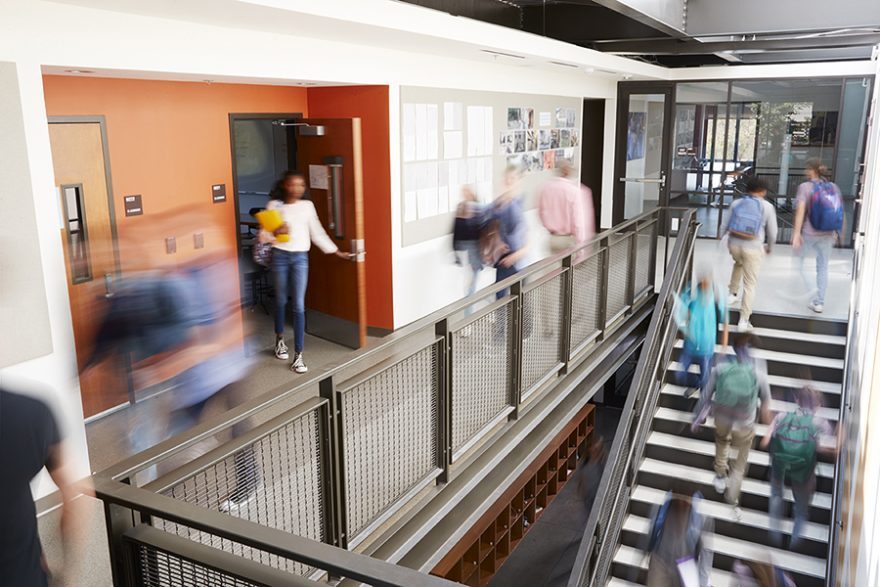Masks Are Coming Off in Many Schools. How Can Education Organizations Lead Through the Turmoil?

One constant over the last two years has been uncertainty and change. All of us have had to continuously recalibrate our expectations and our routines, and then how we communicate those changes to our communities. As many states prepare for masks to come off in schools, we as leaders of education organizations need to cultivate cultures of empathy that will support all of us – students, families and educators – through this transition.
For many young learners, the last two years represent a significant portion of their short lives, and wearing masks in school was what they were accustomed to in all aspects of teaching and learning. For older students, the countless changes from in-person, to remote, to hybrid, back to remote, have meant increased anxiety and stress related to school and out-of-school responsibilities.
We need to provide regular, supportive opportunities for students to express themselves and any confusion they may have around yet another change. Some students may feel peer pressure to wear or to not wear a mask, while others may still be processing the grief of losing a loved one during the pandemic.
We will not be able to accommodate all of the diverse opinions and requests of every single person in our communities, but there are some steps we can take to ensure we’re acknowledging the change we face:
- Support educators in having difficult conversations that may arise in their classrooms, with their students, and with parents. Understand that everyone’s experience of the pandemic has been different. Respect each person’s decision and know that it’s unlikely that there will be a uniform response.
- Use creative practices like drawing, listening to music, and poetry to help students and staff process complex emotions surrounding the changes. What are they excited about? What makes them nervous? What feels weird? How can they support others, now that they have a better understanding of their feelings and experiences?
- Practice empathy through role-playing, small group discussions, or interviews. Why might someone choose to continue wearing a mask? Why might they choose to take it off? This builds understanding of others’ personal experiences.
- Follow the student’s lead. If a student is masking, mask up when working with them one-on-one or in a small group.
- Plan some fun (and safe!) celebrations knowing that the next few weeks may bring greater angst for some members of the community. Ease the tension with more breaks for unstructured play and laughter among staff and students.
- Understand the impact of stress, trauma, and anxiety on behavior. Proactively address unease with direct, clear communication, common expectations for everyone, and regular opportunities to check in with one another.
We know from the past two years that this is not business as usual. We’re learning how to live and lead through the pandemic, and many states are approaching the next phase of recovery.
If teaching, learning, and parenting through the pandemic has taught us anything, it’s that we’re far stronger than we could have ever imagined, and our collective resilience, empathy, and creativity can create a learning community where everyone belongs.
Image: iStock/Getty
See also:
